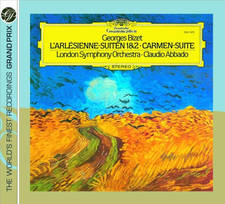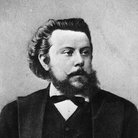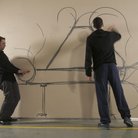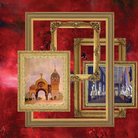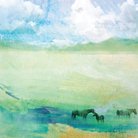Mussorgsky - Pictures at an Exhibition: Where art and music meet
A stunning suite written by Mussorgsky in honour of a painter friend.
Mussorgsky wrote his Pictures at an Exhibition in honour of a friend - a painter called Vladimir Hartmann who had died at the peak of his career, aged just 39.
The loss of not just a close friend but also an artistic inspiration had a profound effect on the composer and the wider artistic community in Moscow. By way of a tribute, the critic Vladimir Stassov organized a memorial exhibition of Hartmann's work in February 1874. Inspired by the show, Mussorgsky decided to compose a set of piano pieces, Pictures at an Exhibition.
At the time of the display, Mussorgsky was tied up preparing for the premiere of his opera Boris Godunov, and he was unable to devote any time to his musical Pictures until early summer. When he took up the piece the following June, it just seemed to flow out of him.
'Hartmann is bubbling over, just as Boris did,' Mussorgsky wrote to a friend. 'Ideas, melodies come to me of their own accord, like a banquet of music - I gorge and gorge and overeat myself. I can hardly manage to put them down on paper fast enough.'
The pieces in Pictures mostly try to capture in music the sketches, watercolours and architectural designs that were shown publicly at the Hartmann exhibition. Mussorgsky also based two or three sections on canvases that he had been shown privately by the artist. Mussorgsky links his sketches together with a musical Promenade in which he depicts himself moving from one picture to the next.
Mussorgsky was not known to get too excited over his own creations but he took special pleasure in this one. Pictures at an Exhibition is most often heard nowadays not in its original piano version but in orchestrated form. Many musicians, from Henry Wood to Leopold Stokowski, have arranged the work for full orchestra, but it’s far and away the 1922 version by Maurice Ravel that receives the most regular performance and praise today.
It, and the piano original, makes for a fitting tribute to Hartmann and his work. The music has certainly immortalised his name.
